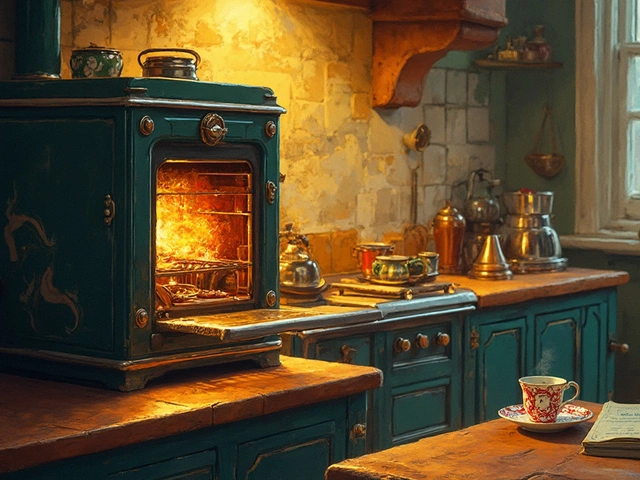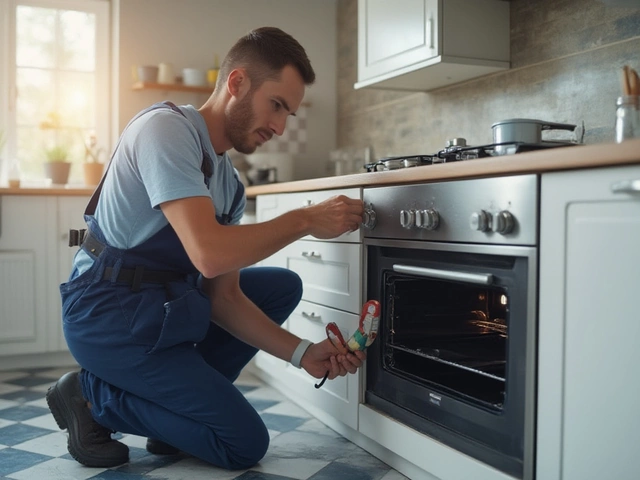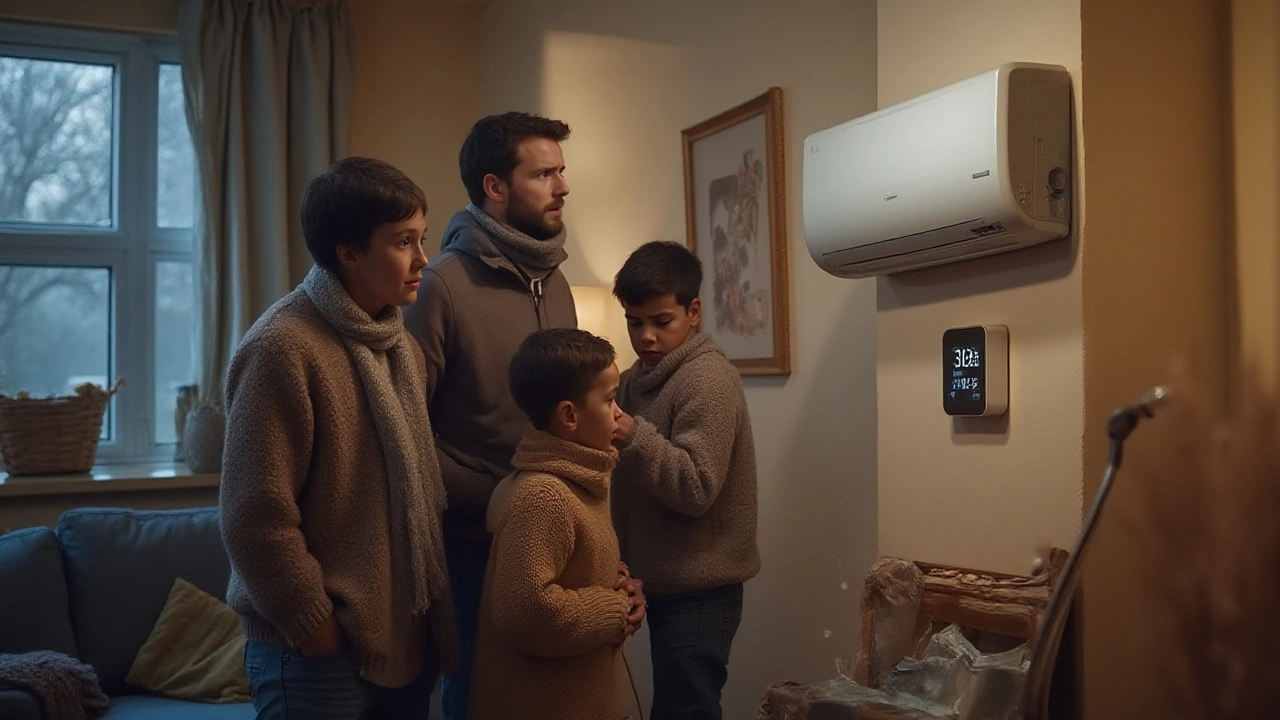Heat Pump Problems You Might Face
If your heat pump is making weird noises, blowing cold air, or just quitting altogether, you’re not alone. Homeowners in Rugby and across the UK see these issues every season. The good news? Most problems have a clear cause and a simple fix you can try before calling a technician.
Why Your Heat Pump Stops Working
Heat pumps rely on a few key parts: the thermostat, outdoor coil, indoor fan, and the refrigerant loop. When any of these components fail, the whole system can act up. A common culprit is a dirty filter. Over time, dust and pet hair block airflow, making the unit work harder and eventually shutting down. Another frequent issue is low refrigerant. If there’s a leak, the pump can’t move heat, leaving you with warm rooms in winter or no cooling in summer.
Electronics can also cause trouble. A tripped breaker or a blown fuse will cut power instantly. Even a weak battery in the thermostat can send false signals, causing the pump to cycle erratically. Lastly, outdoor debris – leaves, twigs, or even snow – can coat the coil, reducing heat exchange and triggering an error code.
Quick Fixes You Can Try
Start with the easy stuff. Turn off the power at the breaker, wait a minute, then turn it back on. This resets the control board and often clears minor glitches. Next, locate the air filter (usually behind a front panel) and replace or clean it. A clean filter restores proper airflow and can improve efficiency right away.
If you hear a humming sound but no air is moving, check the fan motor. Remove any visible debris and make sure the fan blades spin freely. A stuck fan often means a motor or capacitor issue, which may need a pro’s touch. For outdoor units, clear away leaves and wipe the coil with a soft brush. Be gentle – you don’t want to bend the fins.
When the thermostat shows the wrong temperature, replace its batteries. If the problem persists, compare the set temperature with the actual room temperature. Sometimes the thermostat itself is faulty and needs recalibration or replacement.
If you suspect low refrigerant, look for ice forming on the outdoor coil. Ice is a clear sign of insufficient refrigerant or a blocked airflow. In this case, shut the system off to prevent damage and call a certified technician. Handling refrigerant requires special tools and certification, so it’s best left to the pros.
Regular maintenance can stop many of these problems before they start. Schedule a yearly check‑up, keep the area around the outdoor unit clear, and change filters every three months. Simple habits keep the heat pump efficient and extend its lifespan.
When DIY steps don’t solve the issue, don’t hesitate to reach out to a local repair service. A trained technician can diagnose hidden faults, fix refrigerant leaks, and ensure the system meets safety standards. Prompt repairs save you from higher energy bills and uncomfortable nights.
Heat pump problems can be frustrating, but most are fixable with a bit of knowledge and a few quick actions. Keep these tips handy, stay on top of maintenance, and you’ll enjoy reliable heating and cooling all year long.







